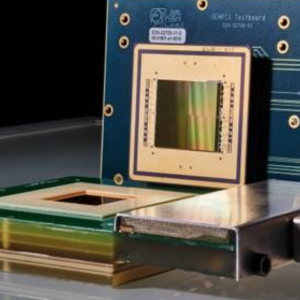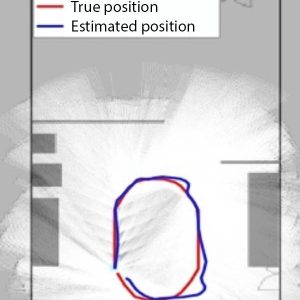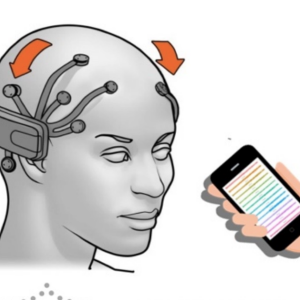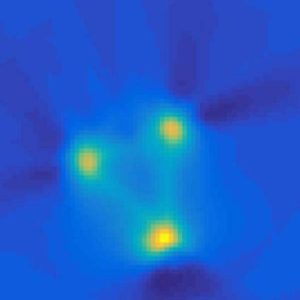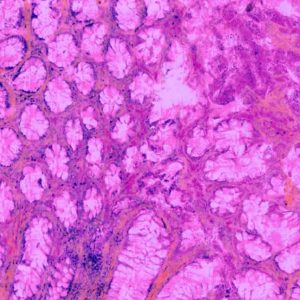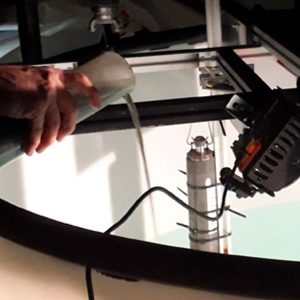One of the processes that are mostly exploited in particle detection is scintillation, whereby light in transparent media (organic or inorganic materials, including salts, gases, and liquids) is emitted following the absorption of ionising radiation. Scintillation is the result of a spontaneous decay, with relatively slow fluorescence decay time and isotropic emission. In this project...
This website uses cookies so that we can provide you with the best user experience possible. Cookie information is stored in your browser and performs functions such as recognising you when you return to our website and helping our team to understand which sections of the website you find most interesting and useful.


